When the sun is baking pavements to egg-frying temperatures, nothing says summer refreshment like an ice-cold beverage. Staying hydrated is the key to helping the body naturally cool off, and although water is the best way to do this, let’s be honest, it can get a tad boring. Luckily, humans have found ways to mix a medley of ingredients into H2O, transforming it into glorious libations.
As an eighties kid, summertime meant consuming boatloads of technicolor, blood-sugar spiking liquids with family and friends. Fruit punch and orange pop fueled our bodies through the two months of Canadian summer—no bike ride or tree fort was complete without carbonated cans weighing down our backpacks.
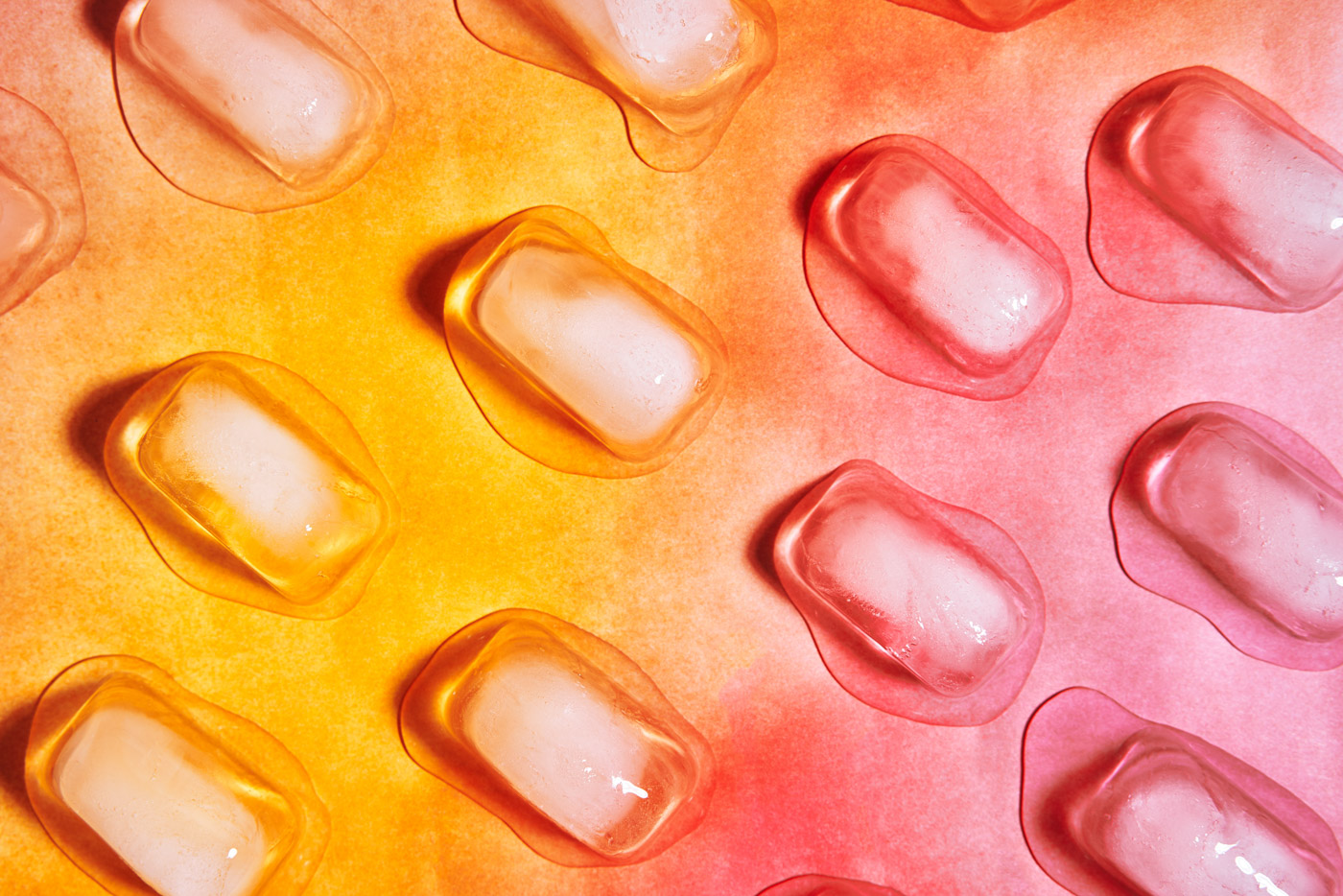

As an adult, my cravings have evolved. Real fruit has replaced artificially produced flavors, while tea and wine infusions have added sophistication—but that doesn’t mean the fun factor is any less important. Here are a few cool bevvies to linger over before the next solstice, because summer may be winding down, but that doesn’t mean the party has to end.
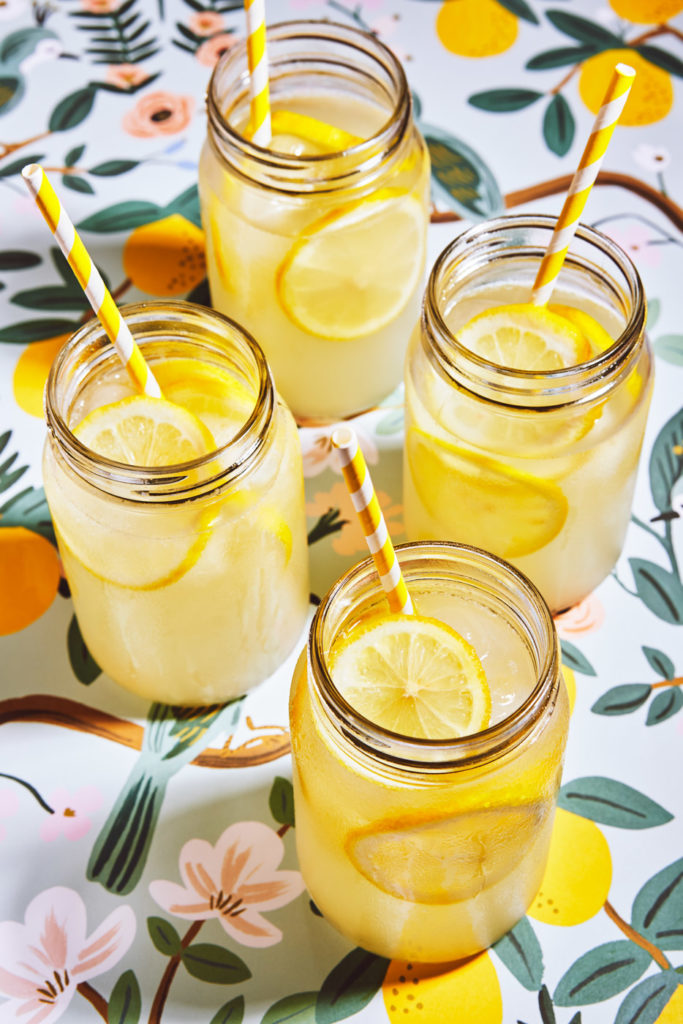
Lemonade
From kids hawking drinks for a buck in makeshift neighborhood stands to hybrid concoctions like Arnold Palmers, lemonade has cooled the masses for centuries. The lemon plant originated in Asia, mostly likely in India, where nimbu pani—“lemon water”—is still all the summertime rage. Over time, the acidic fruit traveled west and made a pit-stop in the Middle East. Whispers of a lemon-esque drink first came from medieval Egypt in a drink called kashkab, made from lemon’s cousin, citron, fermented barley, mint, the rue plant, and black pepper, and then in a sweet lemon drink called qatarmizat prepared by the Jewish community in Cairo.
The lemon tree spread throughout Europe and the fruit shifted from a luxury item to an ingredient most could afford. Lemonade made a splash on the streets of Paris where the tart-and-sweet drink became so popular, a guild for limonadiers—lemonade vendors—was formed. Yet what was most surprising about the fashionable drink was its plague-fighting properties. In the seventeenth century, the lemonade fad in Paris spared the city’s population from contracting the black death, a disease spread by fleas on rodents. The antidotal element? Limonene, the natural ingredient found in lemon peels, which kills both adult fleas and their larvae. As more Parisiens downed lemonade, more rats enjoyed lemon peels from garbage heaps and gutters. Lemonade for the win.
Sparkling lemonade can be credited to Joseph Priestley, a British chemist, who invented a device to create carbonated water. And thanks to Johann Schweppes, founder of the Schweppes Company, bottles of fizzy lemonade have been readily available to quench one’s thirst since 1957.
The puckery-sweet drink crossed the Atlantic with European immigrants, and has become symbolic of North American summers and children’s lessons in capitalism. The power of this acidic fruit to turn from sour to sweet—thanks to a hefty dose of sugar—even spawned an optimistic life lesson: when life gives you lemons, make lemonade. Advice noted.
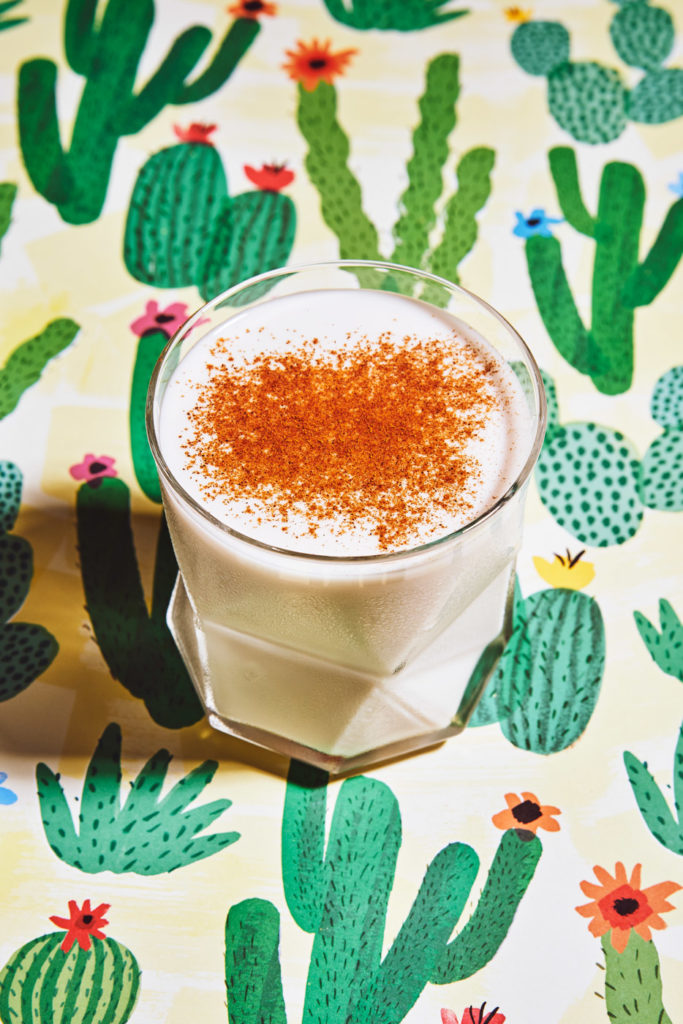
Horchata
Throughout culinary history, many of our favorite foods have traveled far from their homelands, winding up on foreign tables centuries later. Horchata is no different. Made from soaked, ground tiger nuts—edible, naturally sweet tubers called chufas—the grain-based drink originated in northern Africa, then traveled to Iberia during the Muslim conquest of the eighth century. It was embraced in Valencia and given the name horchata de chufa. The plant and drink are so beloved that high-quality chufas cultivated in Valencia have been given a designation of origin label: Denominación de Origen de la Chufa.
Horchata kept on trekking beyond Europe, this time to the New World as part of the Spanish conquest. Locals in Mexico and Guatemala tweaked the recipe, swapping chufas for rice milk, and today, the popular drink is sold in taquerias and heladerías throughout Central and parts of South America—and is gaining substantial popularity in the U.S. Whether it’s tiger nuts or rice milk, horchata is commonly served over ice with a dusting of ground cinnamon, or even a cinnamon stick for added flair. This international, plant-based creation is a fantastic choice for vegans or anyone wanting a creamy, non-dairy iced drink.
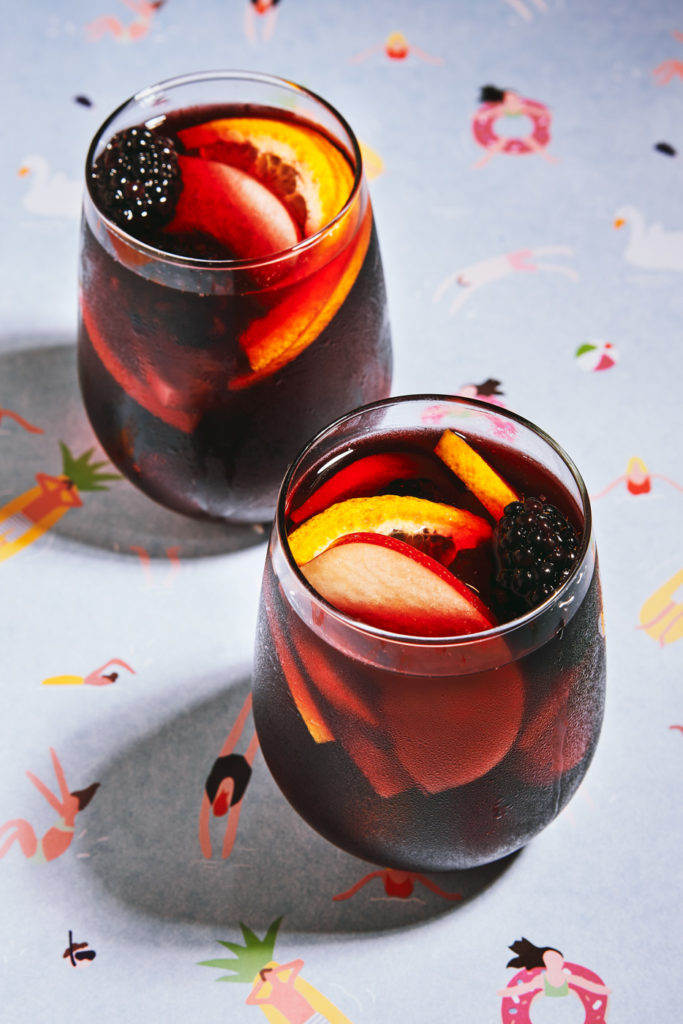
Sangria
If there was a “best-dressed” award for summer drinks, sangria would take the cake. This pretty wine punch is usually dolled up with sliced oranges and apples, but variations of the warm-weather bevvie are limited only to one’s imagination. From berries, citrus and stone fruit, to white wine and virgin alternatives, sangria has evolved across countries and continents. However, to be officially called “sangria,” the concoction must be made in Spain or Portugal.
Derived from the Spanish word sangre, meaning “blood,” the red wine drink can be linked back to the early Greeks and Romans. Before there was sangria—or even its cousin, mulled wine—there was hippocras. Made from water, wine, and a mixture of sugar and spice, hippocras was ancient civilization’s answer to contaminated water. By cutting unsafe drinking water with wine, the alcohol squashed not only the germs but added a pleasant taste. Sugar, cinnamon and other spices further enhanced the flavor, and hippocras became the fashionable new beverage amongst the Mediterranean crowd.
Sangria gained popularity in the U.S. after its introduction at the 1964 World’s Fair in New York. Today, the layered refreshment can be found in restaurants well outside its place of origin. No summer would be complete without at least one (or two) fruit-filled glasses of sangria.
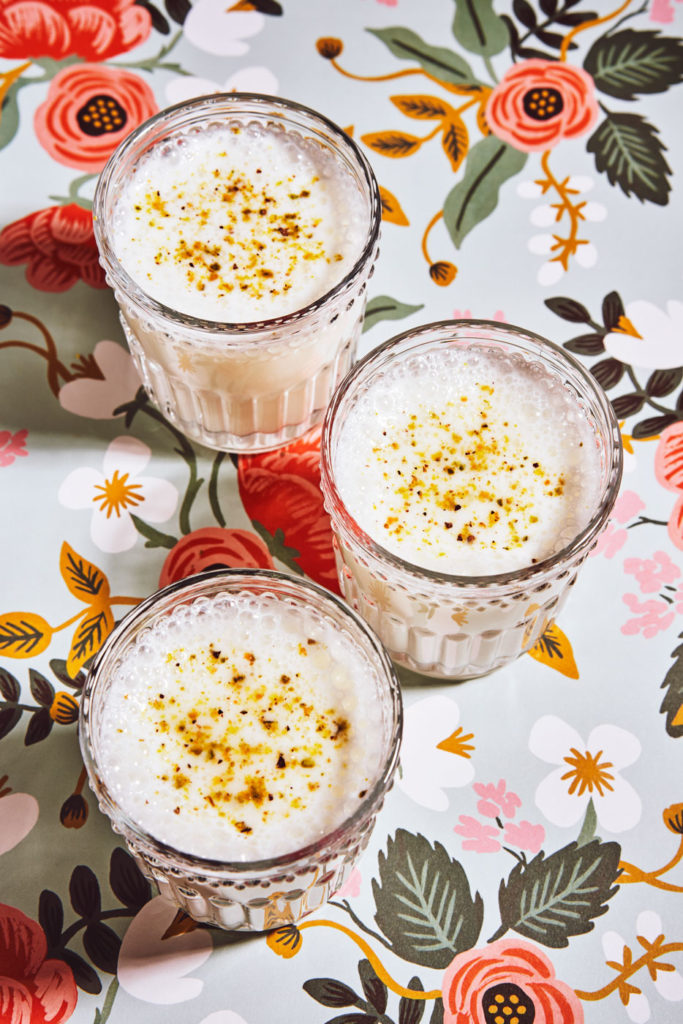
Lassi
Indian food has built a reputation for occasionally setting tongues on fire. Luckily, dahi, or yogurt, is typically served alongside dishes packing a piquant punch—a cooling remedy to wash away the burn. Yogurt is also the key ingredient in this centuries-old smoothie: lassi. Pronounced “luh-see” (not “laa-see”), the frothy beverage hails from Northern India, specifically Punjab, where it provided a rejuvenating boost to farmers toiling under the sun and city dwellers craving relief from the unrelenting heat. More than just a cold and creamy treat, lassi is packed with calcium and protein, and its healthy bacteria is great for sustaining a happy gut.
Traditional lassi begins with a blend of water and yogurt. It can then be steered toward a savory profile by adding salt, or sweet by adding sugar. For more fragrant variations, cardamom or rosewater are commonly stirred into sweet lassi, and topped with crushed pistachios just prior to serving. Lassi can also be made with buttermilk, called chaati ki lassi, or just milk and water, known as kachi lassi. Mango lassi is a favorite amongst natives and westerners—easily found in Indian restaurants from Los Angeles to Liverpool—while lychee and mint are also popular go-tos.
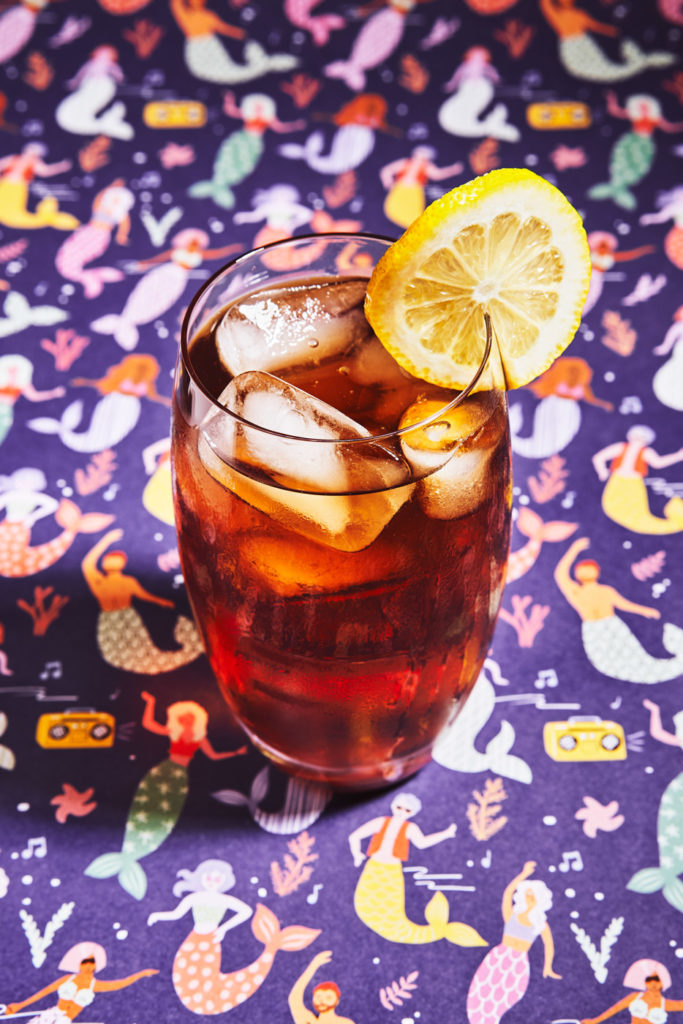
Iced Tea
When the heat is relentless, the last thing most people reach for is piping hot tea. Thankfully, that same sentiment was shared in the nineteenth century, when cold tea first graced the beverage scene. Traditionally made with green tea, these “tea punches” were spiked with a substantial dose of liquor. Some were named after royalty, like Regent’s Punch, which honored the English prince regent, George IV, who later became king. The oldest recipes for chilled pekoe can be found in British and American cookbooks, such as The Kentucky Housewife by Mrs. Lettice Bryananon from 1839.
Import of inexpensive black tea from India and Ceylon, as well as parts of South America and Africa, replaced green tea in recipes, making it the preferred choice even today. Iced tea hit mainstream culture at the 1904 World’s Fair in St. Louis. Richard Blechynden, the India Tea Commissioner, was having a tough time selling his hot tea to passersby. His solution? Run his tea through iced lead pipes. The chilled variation was a hit, forever linking the cool caffeine beverage to summer refreshment. The American Prohibition of the 1920s also pushed iced tea’s popularity. With the outlaw of alcoholic drinks like beer and whiskey, people turned to virgin drinks to keep their thirst quenched under the hot summer sun.
Iced tea became so popular that its preference has transcended seasons. In Canada and the American Southeast, pre-sweetened tea—known as “sweet tea”—is the norm. In other parts of the U.S., iced tea is served in a tall glass with a long spoon, giving drinkers the power to stir in their level of sweetness. Fruit and herb infusions have also taken the iced tea game up a notch, pleasing palettes with flavors of berries and mint. Ice cubes and lemon slices remain the must-have additions to maximize the coolness of this simple, refreshing drink.
——
Bone Deep is an ongoing column in which contributor Deepi Ahluwalia digs into her curiosities about food, exploring its historical and global significance.





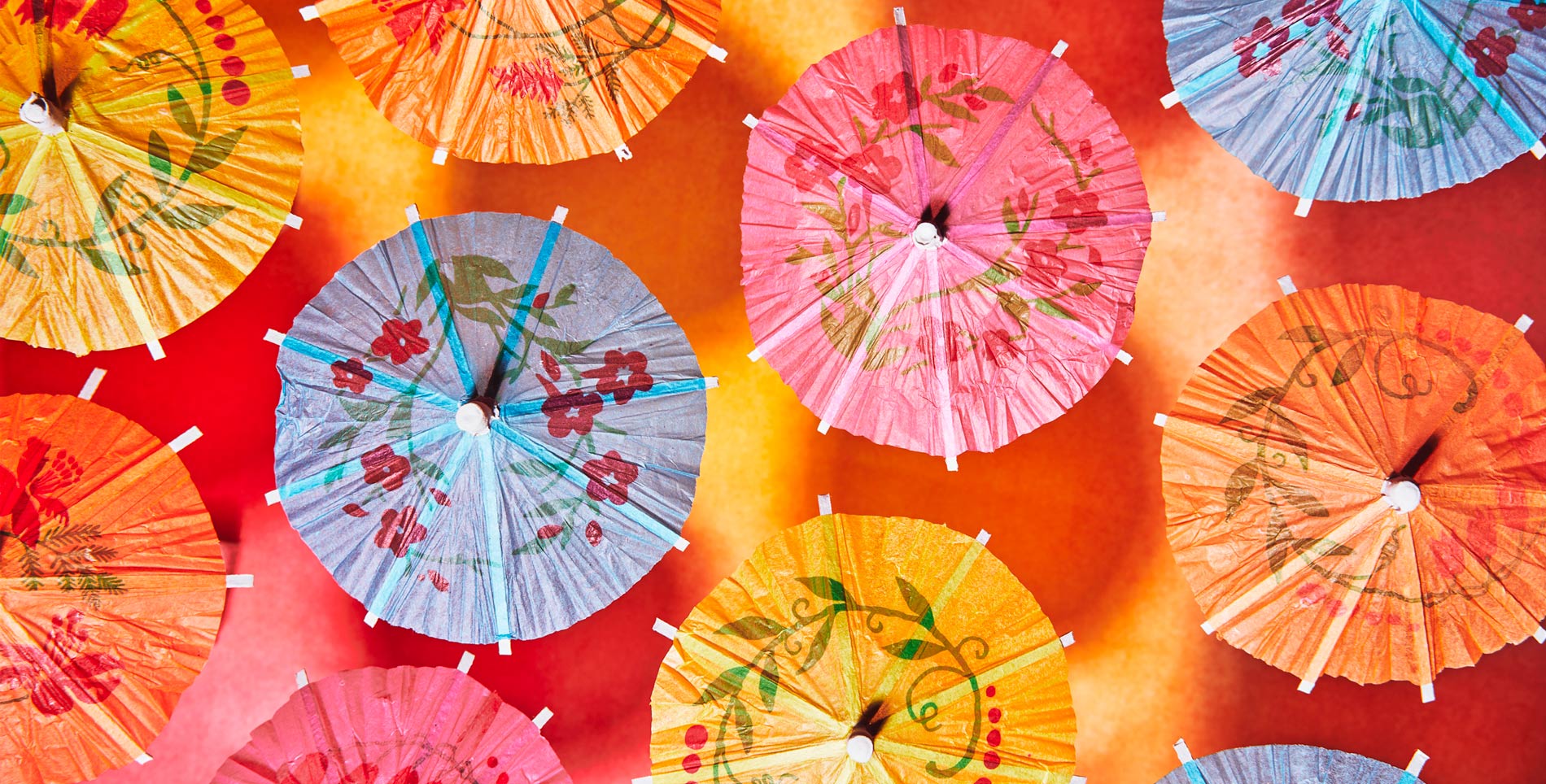

Our comments section is for members only.
Join today to gain exclusive access.